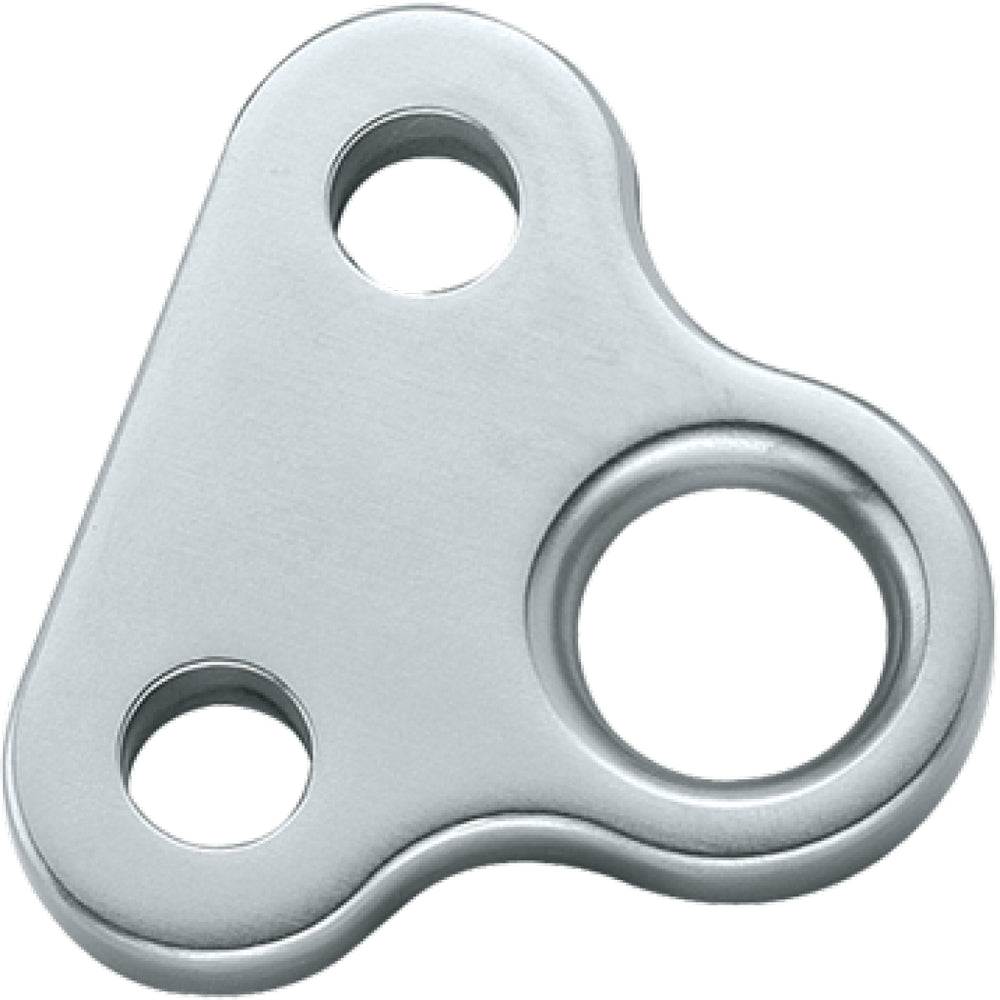
As an added benefit these new quasi-sprits created an excellent potential tack point for reaching sails forward as well.Īs for those aforementioned outboard chainplates, they may do a good job of reducing loads on the mast and rigging. To right this wrong, a bow rollers started protruding farther and farther forward. However, for cruising sailors the trend has been a problematic one as plumb bows and anchors are not good bedfellows-the former inevitably attracting the latter as is evident in the many battle-scarred stems now seen in marinas around the world. This improves sailing performance as the static waterline length and forward buoyancy in the hull increased. Over the last 15 years, bows have also become more vertical, so much so they are not only often plumb but will on occasion even be tumblehome. A typical sprit and anchor-roller combination: note the plumb bow Similarly, by moving the chainplates outboard and attaching them directly to the hull, the need for tie rods belowdecks is eliminated, further increasing the open feeling of the accommodation spaces at the same time it reduces manufacturing costs. By moving the mast forward in a boat, designers are able to better open up the saloon. Lighter, stronger mast sections and materials have allowed rigs to go higher still. Gone are the short stumpy masthead rigs and vast overlapping genoas allowed, without penalty, by the IOR, to be replaced by tall, efficient high-aspect-ratio rigs. This in turn has resulted in big differences in rigs. The IOR rules of the 1970s did much to determine hull shape, but the demand for faster, more easily handled boats and increased accommodation have changed yachts dramatically. Paralleling the obvious advances in furler design in recent years have been equally dramatic changes in yacht design. The result is an eminently manageable sail that would have been almost impossible for a single cruising yachtsman to handle in decades past. When that time comes, it’s a simple a matter of unfurling it, sheeting in, and you have a spinnaker! Taking the sail down is almost as easy-ease the sheet and take in on the furling line.

#Tie headsail clew to roller furling code#
With today’s furlers, an asymmetric spinnaker or Code 0 can be set up by a single person before casting off lines and then stay rolled up until it’s ready to be used. That said, these days they are more popular than ever on cruising boats, thanks to advances in sails, sailhandling technology and boat design in general.

:max_bytes(150000):strip_icc()/furlerstep3small-58b8eb1e3df78c353c2bc4ba.jpg)
There is, of course, nothing new about bowsprits-sailing ships have been using them for centuries. No wind? No problem! Modern reaching sails will keep a boat moving in almost anything


 0 kommentar(er)
0 kommentar(er)
